
Ready to turbocharge your sales engine?
Take 12 minutes to find out how, with our unique 12-step process.
But first, the problem is...
after ten great years our sales have plateaued - I want to get my company sale-ready but don't know how - our product/service has never been better, and our marketing and sales never worse - I just don't get digital marketing - we need to give our company a big, fat shake up - I'm on youtube premium because I hate ads - I never really know what my sales team is up to - and so on...

Step 1: Create a five-year business plan.
If you don't know where you're going, any road will get you there.
Turbocharging the sales function of any medium-sized business-to-business (b2b) entity always starts with one thing - ensuring that there is an up-to-date business plan in place. One that maps out where the company currently is, and where it wants to go to, in annual increments up to 60 months. This business plan informs all current and future sales efforts.
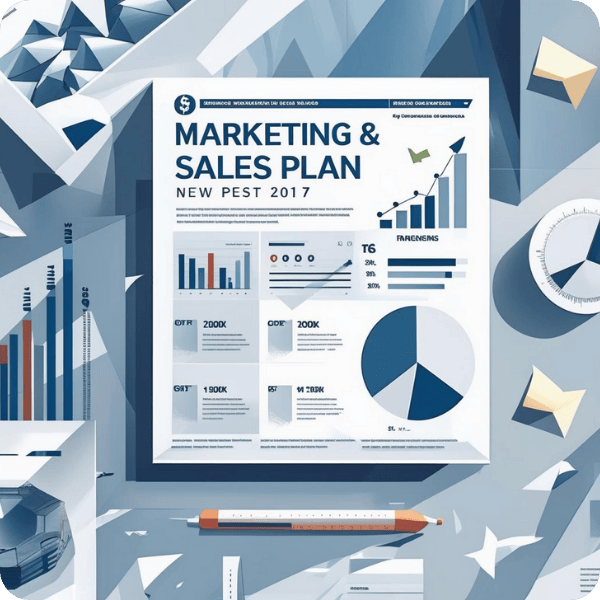
Step 2 - Formulate a 12-month sales plan and agree a sales budget.
The fastest way to grow organically is to turbocharge your marketing.
Along with sales, marketing is the only thing that can deliver organic growth. So, let's start by getting the marketing plan right, grounded in the business plan and focused on meeting the business objectives. Once everything is aligned upfront then an individual 12-month plan is needed for each of the seven Ps of marketing - product, price, promotion, place, people, positioning and process. The marketing plan should determine the budget, not the other way round. Once done you're ready to go...

Step 3 - Conduct a thorough audit of existing sales assets.
Knowing what you need starts with knowing what you have.
Conduct a thorough audit of all your marketing assets including your customer database, your existing website, your newsletters and emails, your corporate and product literature, your content library, any sponsorships, events and seminars, your LinkedIn presence, and your branding To start with. Assess the cost, the quality, the condition and the value of each element that you audit to determine if it should be kept or discarded.
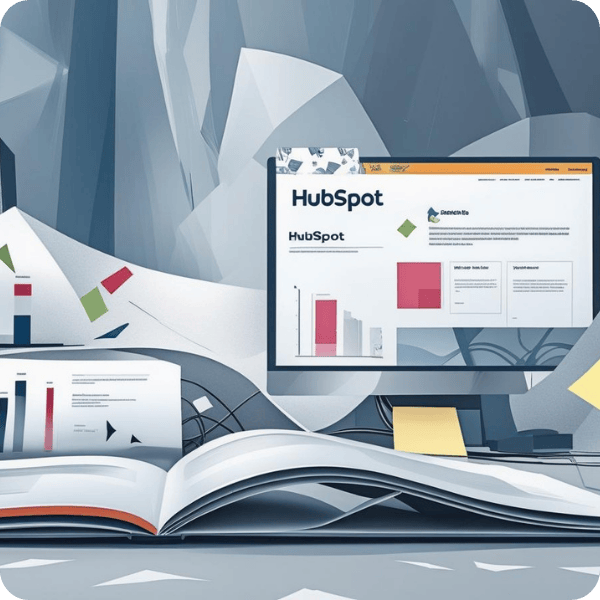
Step 4 - Install HubSpot CRM
It's time to move to HubSpot. 268 000 businesses globally can't be wrong.
If you haven't already done so, moving onto HubSpot is the very best thing you can do to turbocharge your marketing. Starting with a brilliant customer relationship management (CRM) system that enables you to put your clients right at the centre of your business universe. And ending with a world-class content management system to house all your marketing collateral safely and sytematically. And with six powerful hubs in-between (Marketing, Sales, Content, Servicing, Operations and Commerce) to help optimise every single touchpoint between you and your most precious assets - your customers.
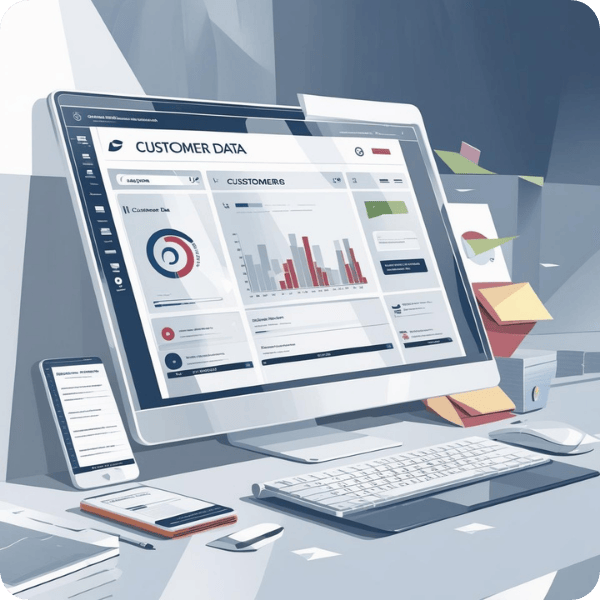
Step 5 - Start building your stakeholder database in HubSpot. And never stop...
Put your stakeholders where they belong - right at the centre of everything.
Customer relationship management sits right at the heart of HubSpot and so the first thing to do is to start building a fresh database. Or transfer the one you already have. Put in as much information as you can, but at the very least you need a first name and an email address. This database will eventually become one of your company's most valuable assets, and HubSpot enables you to optimise it in pursuit of growth and financial success. So start building it from day one, keep it clean and current and never stop.

Step 6 - Start creating a culture of content generation excellence.
We need to stop interrupting what consumers are interested in and be what they're interested in.
You don't need to be brilliant at content generation. Your whole company does. Because brilliant content starts conversations and conversations start relationships. Which lead to engagement and end in sales. And all other good business things stem from there. Also, who knows your industry, your competitors and your customers better than you and your people? And these days (with a little AI help) everyone can write a good short story.
Special Introductory Offer:
Free 12-Point Marketing Health Check
Phone Tim right now on +2772 4400 165 and we'll do it together...

Step 7 - Upgrade your website.
If you have a static website then your business is standing still. Growth is dynamic.
If you haven't already done so, one of the first things you need to do to turbocharge your marketing is to seriously upgrade your website. In today's complex world, now more than ever websites must be simple. they need to be short - less is now always more. You've got 15 minutes max. They need to be linear. They need to be decluttered. They need to be static and dynamic. They need to focus a lot more on the client and a lot less on the company. They need an every growing library of content for customer engagement and SEO purposes.They primarily need to focus on what your company can do for your clients. Not on your company. How you help remove their pain points. And how you help them grow.
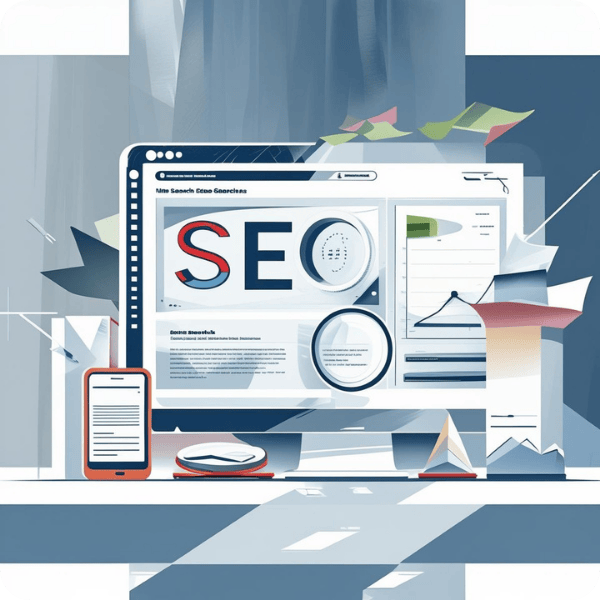
Step 8 - Learn to be an SEO genius.
No matter how specialised the product/service, customers still search for it online.
SEO used to be all about Google. Now its also about YouTube, Chat GPT, AI Mode, LinkedIn and more. Search Engine Optimisation is more relevant today than it's ever been but it's also far more diffuse. Top of organic remains the holy grail in most instances. But there are good business practices that make good rankings more attainable. Just like generating content and building databases, SEO has become an essential modern day business skill.

Step 9 - Start blogging. And keep blogging.
If your customer is king, then content is your queen.
The next thing to do is to start sharing your outstanding content in your own backyard - on your website. Set up a blog page right now. And start posting your latest content right there. Get in the habit of posting a new B2B blog every day. Try to keep them under 250 words because everyone's in a rush these days. And each employee gets a turn. Starting with you. And appoint an internal editor - choose the busiest person in the building. Your blog listing page becomes your content warehouse and as your content grows not only do you start conversations with the right people, but your website shoots up the SEO rankings as well. So when potential customers search for your sort of widgets you come up first.
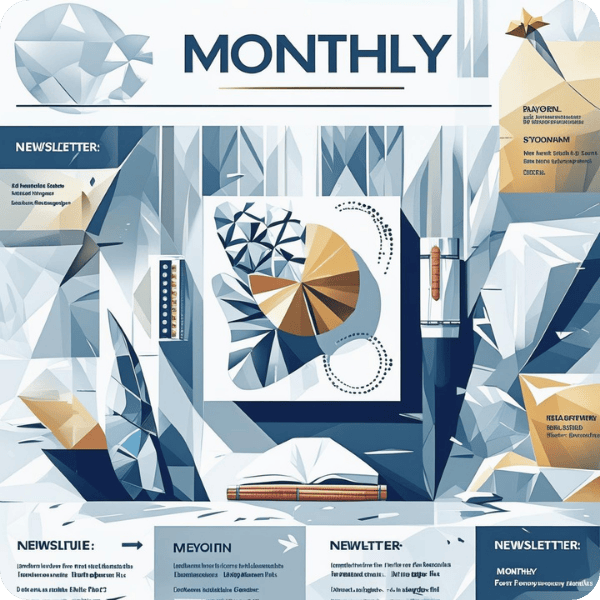
Step 10 - Start a monthly newsletter.
Touch every stakeholder. with something valuable. Every month.
Email remains the single most effective B2B communication channel in the galaxy, and it's pretty much free. Business owners are in and out of their inboxes all day every day, and they open and glance at just about everything that comes their way. So you get your nano-second of attention and an industry newsletter full of juicy content is a good way to capture it. As soon as you have your first four blogs you have enough to create and publish your first newsletter. So, what else is stopping you?

Step 11 - Build your personal brand on LinkedIn.
Expand your business universe by optimising LinkedIn.
LinkedIn is tailor-made for B2B companies, because it's all about, and only about, the world of business. So you need to make the most of it. Optimise your LinkedIn profile and transform it from a CV into a shop window for your business. Then get conversations started with three important groups - your ideal clients, your sector influencers, and finally with your peers and competitors. You need to be in it to win it, and to leverage all the power of this industrial-strength social media platform.

Step 12 - Become the go-to authority in your sector.
The pinnacle of marketing success is becoming an authority brand.
It is highly likely that if you get to this point in your B2B marketing efforts you'll be further down the track than most of your competitors. The more often you post interesting and knowledgeable articles that are relevant to your sector the easier it becomes to assume the authority mantle. And once this happens your audiences start actively searching for your content. Needless to say, it's a great place to be. When qualified leads start coming to you for your thoughts and opinions that's when your prospective database really starts to build.
And that's all you have to do.
To start with.
For help with any B2B marketing either outside or within the above parameters, fill in your contact details in the form and hit the submit button.
We'll get back to you ASAP.
Our latest projects
 Fancy Flip Card
Fancy Flip Card
"Tim and his team did exactly as they promised - they came in with their 12-step plan and turbocharged our entire marketing and sales programmes bottom up. All in one place and one programme, including on-the-job training. HubSpot is brilliant and we are now maximising its capability."
Chris Brice - Executive Director
Full CRM and Marketing Hub Implementation
- Business plan
- Sales and marketing plan
- New corporate identity and manual
- HubSpot implementation
- Stakeholder database of ±1000 contacts
- New static and dynamic website
- Search engine optimisation
- Internal content generation skills
- Monthly newsletter
- Four blogs a month
- LinkedIn profiles and postings
 Fancy Flip Card
Fancy Flip Card
"Tim and his team did a great job on the 12-step implementation process and helped me set up and train my sales team in HubSpot. Now we have all our deals and pipelines in one place and the array of reports available is very impressive."
Bertus Burger - Business Development
Full CRM and Marketing Hub Implementation
- Business plan
- Sales and marketing plan
- New corporate identity and manual
- HubSpot implementation
- Stakeholder database of ±1000 contacts
- New static and dynamic website
- Search engine optimisation
- Internal content generation skills
- Monthly newsletter
- Four blogs a month
- LinkedIn profiles and postings
 Fancy Flip Card
Fancy Flip Card
"Q&Q joined the SIS group in 2024, and started working with Tim straight away, firstly on our entire corporate identity and then on HubSpot implementation. This quickly moved into a new static/dynamic website, blogging and monthly newsletter creation. Thanks Tim for all your help."
Stephen Lord - Company Secretary
Full CRM and Marketing Hub Implementation
- Business plan
- Sales and marketing plan
- New corporate identity and manual
- HubSpot implementation
- Stakeholder database of ±1000 contacts
- New static and dynamic website
- Search engine optimisation
- Internal content generation skills
- Monthly newsletter
- Four blogs a month
- LinkedIn profiles and postings
Recent posts on B2BLOG
Some of our latest articles related to turbocharging your marketing and sales



